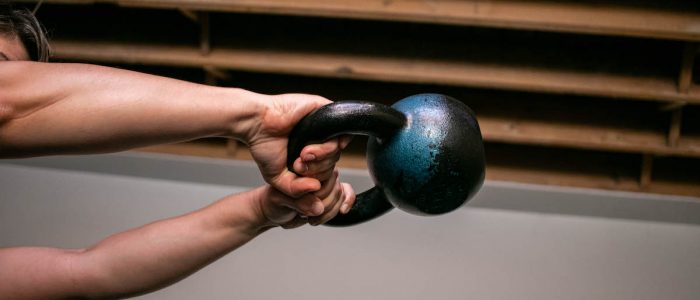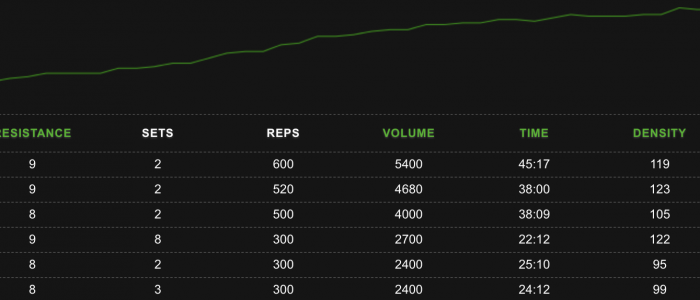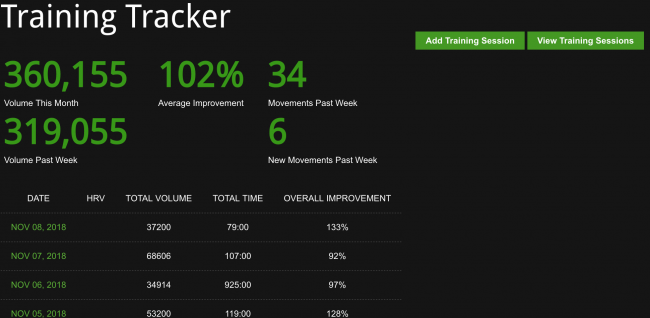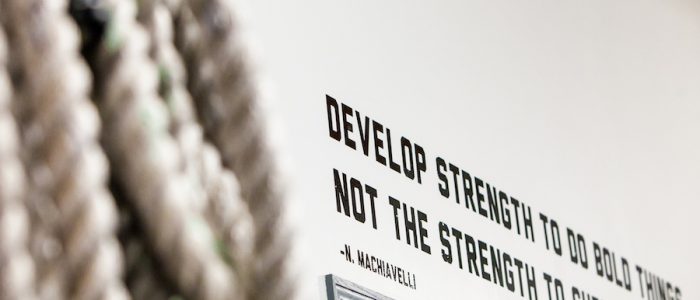
I’ve never been particularly fond of “challenges” because of the mentality with which most people approach them. Too often, people approach a challenge with an outcome in mind. They do a Whole30 because they want to lose 10 pounds. They run a marathon because… they want to lose 10 pounds.
In most cases the structure of an arbitrary challenge isn’t the best way to approach the goal. A carefully considered strategic plan built around your own individual starting point and needs makes more sense.
But what challenges can be really good for are the things you learn in the process when you’re stuck into arbitrary constraints.
Take the Million Pound November challenge for example. Doing 33,333lbs of volume every single day for a month is at the upper end of most people’s capacity, if it’s within their limits at all. For where I am right now, it’s definitely at my upper end. The last time I completed the challenge it wasn’t, I was training a lot more and a lot harder and I was able to easily knock out 60k and 90k days to create a bit of a natural “wave” in my training – the way physiology actually works.
But now since I’m bumping up against my limits almost every day I’m learning some interesting things. Plus another arbitrary constraint is that I’m going to be traveling the rest of this week, which means I knew I needed to complete 500k by the 12th, so I could take 5 days completely off, and finish the other 500k in the last 13 days of the month.
And I’m smoked.
My hips are exhausted, my lower back is fried, and I’m more than ready for the break.
If not for that arbitrary constraint, I would have already taken a day or two off. But it’s interesting to see how my body is reacting to pushing on even when I know it’s not ideal. I’ve still been testing, and it has continued to test well, but I know that I’m on the edge.
What I’m curious to see is how my body reacts to a full 5 days off after such an intense push. My hunch is that it’ll be enough time to have a pretty substantial recovery, and I’ll come back to find hitting the same kinds of lifting days is way easier than it was over the past two weeks. Only one way to find out, as these things go.
Ultimately, I don’t care what the “outcome” of this challenge is because the reward is in the process and what I learn from it.
How’s your Million Pound November going, or what’s the last challenge you learned something from?




